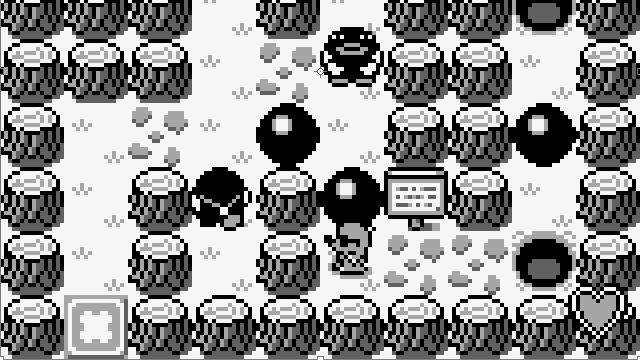
Today we continue on our journey of checking out those puzzle games which, while excellent, have sadly seemed to have disappeared. Be sure to check out part 1 from yesterday in which we discussed Tetrisphere, Wetrix, Klax and ChuChu Rocket! before embarking on this nostalgia-laden quest into the forgotten puzzle games of yesteryear.
Mole Mania
Developed by: Nintendo EAD, Pax Softnica
Sole Nintendo Release: February 1997 (North America) on Game Boy
What It Was About: One of Shigeru Miyamoto’s lesser-known gems, Mole Mania takes the addictive elements of Sokoban and adds so much more to the mix. Players assume the role of Muddy Mole as he travels across Jinbe Land to save his children and wife from the evil farmer Jinbe. Unfortunately, Jinbe knew that Muddy would be coming and set up puzzles throughout the eight themed worlds. In each area a stone door impedes forward progress and it can only be destroyed by maneuvering a black wrecking ball into said door. To add to the chaos, some of Jinbe’s loyal critters are around, trying to keep Muddy from his quest. They can be defeated by being hit with an object such as a ball of cabbage, but if Muddy gets hit too many times, it’s curtains for him. After the first world, any of the other six main worlds can be completed in any order the player wishes. After all seven of the main worlds have been completed and Muddy’s children have been rescued, Muddy must brave Jinbe’s field and take on the farmer himself to save his wife from certain doom.
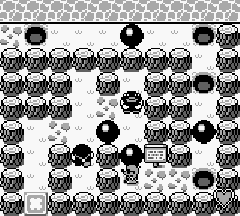
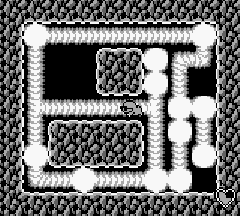
Lode Runner
Developed by: Brøderbund
First Nintendo Release: 1983 (NA) on NES
Last Seen: April 22, 2009, XBLA
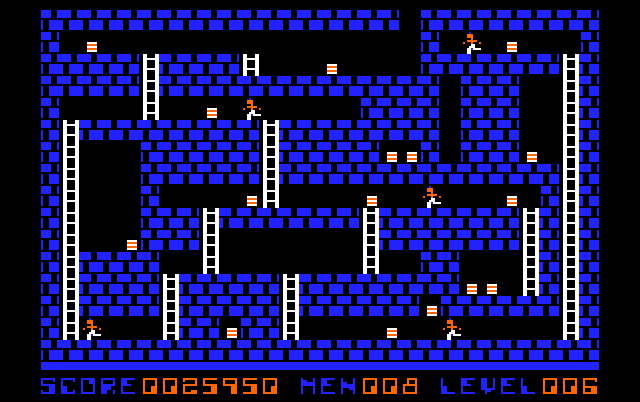 What It Was About: Hey, you got platforming in my puzzle game! Lode Runner was a game solely about the money. Players navigated a character around levels in an attempt to grab gold bars without being captured by roaming guards. If a guard even touched the hero, it meant the loss of a life. Thankfully, the character could create holes in most types of ground– which could conveniently trap guards. The puzzle aspect came from thinking out the best move order. Holes could only be constructed on one side of the character, meaning that player would have to think out exactly how many holes were needed to get through multiple layers of floor. To make thing more difficult, guards were able to escape from holes, but apparently climbing wasn’t in the hero’s repertoire, as any hole he fell into meant certain doom thanks to the fact that hole filled back in after a set amount of time. The hole-refilling could be used to the player’s advantage as a guard inside a hole could be walked across, or ever stood on until the hole filled in. The game featured 150 levels and a level editor– in the original PC version at least.
What It Was About: Hey, you got platforming in my puzzle game! Lode Runner was a game solely about the money. Players navigated a character around levels in an attempt to grab gold bars without being captured by roaming guards. If a guard even touched the hero, it meant the loss of a life. Thankfully, the character could create holes in most types of ground– which could conveniently trap guards. The puzzle aspect came from thinking out the best move order. Holes could only be constructed on one side of the character, meaning that player would have to think out exactly how many holes were needed to get through multiple layers of floor. To make thing more difficult, guards were able to escape from holes, but apparently climbing wasn’t in the hero’s repertoire, as any hole he fell into meant certain doom thanks to the fact that hole filled back in after a set amount of time. The hole-refilling could be used to the player’s advantage as a guard inside a hole could be walked across, or ever stood on until the hole filled in. The game featured 150 levels and a level editor– in the original PC version at least.
Where’d It Go? Actually this one is still around today with recent releases on iPod, Wii Virtual Console, and XBLA. It seems that even with such a simple concept, the strategy required in Lode Runner has kept it fresh. Famed Tetris creator, Alexy Pajitnov, even cited Lode Runner as one of his favorite puzzle games for years. That’s not to say it hasn’t been reinvented more than once. Numerous 3-D versions have been attempted and failed. It seems that this is one of those games that was best in its original form and is just too difficult to improve upon.
Pipe Dream
Developed by: LucasFilm Games
Sole Nintendo Release: 1990 (NA) on NES
Last Seen: July 2009 on iPhone
What It Was About: A plumbing simulator? Well, sort of. Pipe Dream, known also as Pipe Mania, tasked players with building an extensive network of pipes to channel “flooz” across the game board. The game gives players a little lead time and then the flooz begins its steady flow through the pipes. A round ends when the flooz reaches the end of the pipe network that the player has built, and if it is of a significant enough length, players then move on to the next level. There are also some levels that require players to direct the pipes to a pre-set end piece in addition to the stated length requirement. Pipes sections are given to a player one at a time in a column on the side of the game board. Players can see what their upcoming pipes are in order to play ahead, but only the bottom pipe section can be placed. Thankfully if a pipe section is mis-placed, it can be replaced with a new pipe section, though the old segment just disappears. Bonus points may be obtained by sending flooz through cross-section pipes both ways. Doing so five times in a level leads to a huge bonus at the end of the level, though this is more difficult when the game begins speeding up.
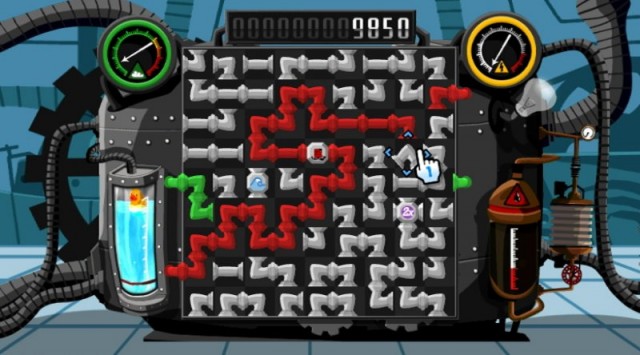
Where’d It Go? Like Lode Runner, Pipe Dream (as Pipe Mania) has seen a few recent launches on current platforms. Empire Interactive released a remake of the game across multiple systems in September 2008 and there is an official remake of the arcade version of the game currently available on the iPhone’s App Store. There have also been many games using the same gameplay mechanics released over the years, such as Wallpipe, DragonSnot, PipeNightDreams, Vodovod and recent WiiWare title Heron: Steam Machine. One of the other more well-known implementations of the game was a minigame in BioShock. That said, it has been a long time since the original Pipe Dream has made a trip to a Nintendo platform. We’ll have to see if Nintendo’s deal with LucasArts will also allow a VC port of the original.




 ShareThis
ShareThis







Is Blast Corps a puzzle game, or a strategy game?
Puzzle! In fact I’m hoping to write a part 3 for this series and include it then. :)
Alas, not enough time to get part 3 done. But I hope you enjoy the 35 Puzzles of the Next Generation in its stead… and just know that I absolutely love Blast Corps.
Blast Corps was a blast– I’m bummed that I still don’t have a copy of that’n. Moving a lot will do that.
But where’s Yoshi’s Cookie? Or is that too awesome for these lists?